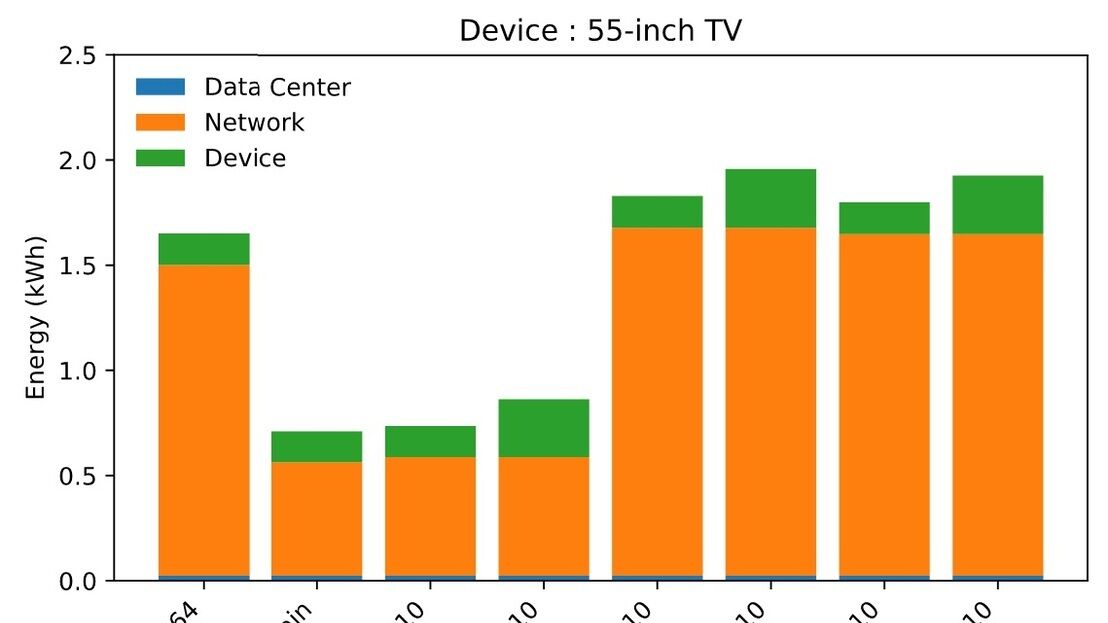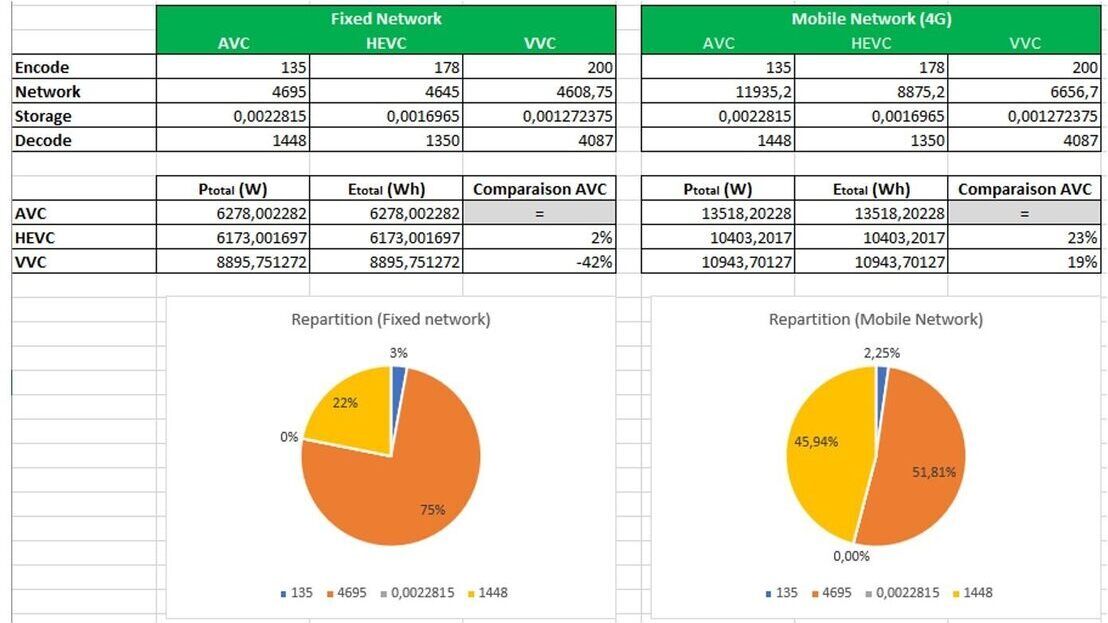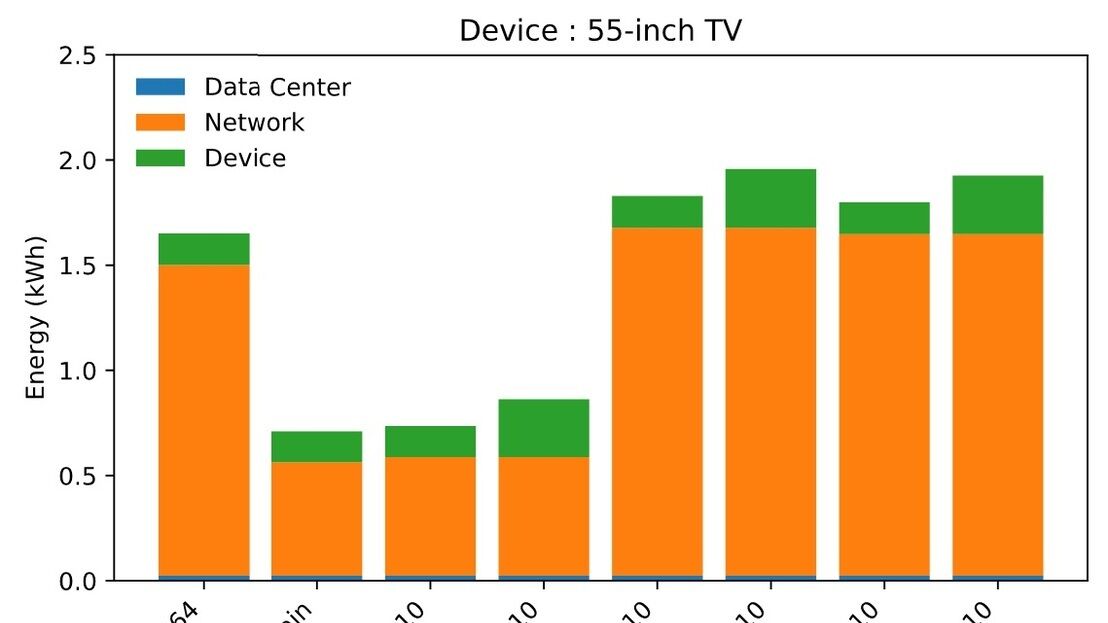The requirement to develop sustainable broadcast platforms that support global net-zero targets increases year on year. This paper discusses initiatives developed by the BBC and Arqiva to reduce power consumption in their terrestrial DAB broadcast network. In some cases, it is possible to improve efficiency without complete replacement of the transmitters. Improvements in transmitter technology now allow optimisations to be considered that were not practical previously. Modern transmitter design often takes advantage of Doherty techniques and power supply optimisation. However further reductions may be possible, going beyond previous assumptions, with negligible effect on consumer reception.
Many broadcasters have recently developed carbon reduction and net-zero strategies. Reducing energy consumption will help meet net-zero targets with significant financial and carbon reduction savings. The BBC has recently published its carbon reduction strategy and plans to reduce its energy consumption on UK terrestrial platforms by 28% by 2030. The BBC terrestrial transmission networks in the UK are owned and operated by its transmission partner Arqiva who together with the BBC are investigating a range of energy saving initiatives.
However, measures taken must be proportionate to the benefits whilst maintaining minimal impact on the audience. Improving the efficiency of the terrestrial networks can be achieved by deploying new, more efficient transmitters but it can be preferable to optimise existing, already operational equipment. Improving existing equipment avoids the carbon impact and cost of replacement. Finally, efficiency measures must maintain compliance with regulatory requirements and must not compromise the long term reliability of equipment.
This work evaluates the opportunity for a trade-off between modulation quality and energy consumption. The impact of modulation error ratio (MER) on DAB reception has been investigated through theoretical modelling and validated using laboratory testing with channel simulation. The results from these studies show that...
Exclusive Content
This article is available with a Technical Paper Pass
Opportunities for emerging 5G and wifi 6E technology in modern wireless production
This paper examines the changing regulatory framework and the complex technical choices now available to broadcasters for modern wireless IP production.
Leveraging AI to reduce technical expertise in media production and optimise workflows
Tech Papers 2025: This paper presents a series of PoCs that leverage AI to streamline broadcasting gallery operations, facilitate remote collaboration and enhance media production workflows.
Automatic quality control of broadcast audio
Tech Papers 2025: This paper describes work undertaken as part of the AQUA project funded by InnovateUK to address shortfalls in automated audio QC processes with an automated software solution for both production and distribution of audio content on premises or in the cloud.
Demonstration of AI-based fancam production for the Kohaku Uta Gassen using 8K cameras and VVERTIGO post-production pipeline
Tech Papers 2025: This paper details a successful demonstration of an AI-based fancam production pipeline that uses 8K cameras and the VVERTIGO post-production system to automatically generate personalized video content for the Kohaku Uta Gassen.
EBU Neo - a sophisticated multilingual chatbot for a trusted news ecosystem exploration
Tech Papers 2025: The paper introduces NEO, a sophisticated multilingual chatbot designed to support a trusted news ecosystem.




